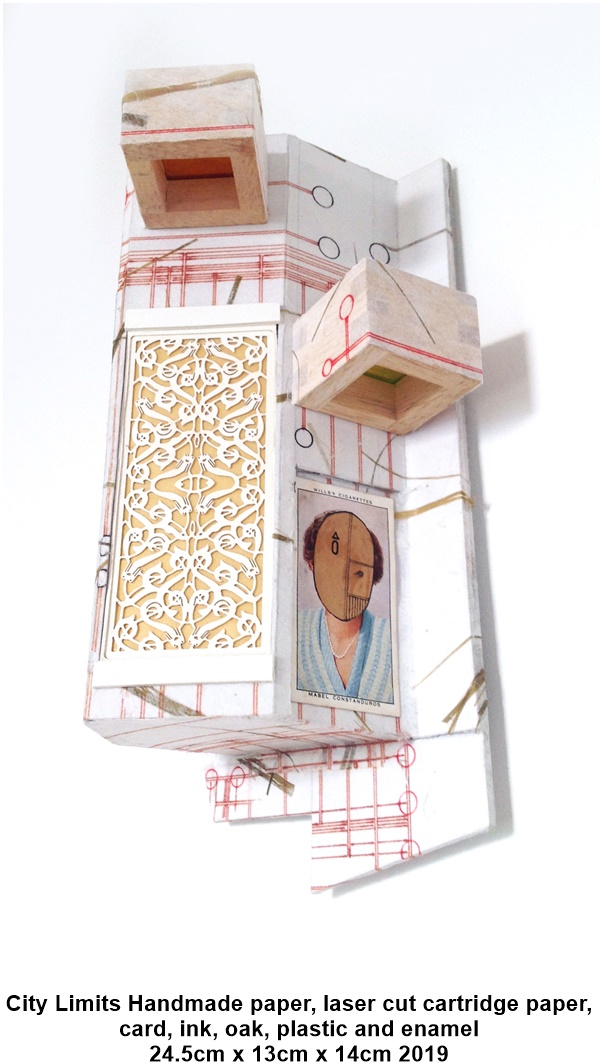"P E R S O N A L S T R U C T U R E S - PAPER Pavilion, ECC, Palazzo Mora, Venice"
Iain Andrews, Tim Ellis, David Hancock, Matthew Houlding, Hannah Leighton-Boyce, Jill Randall
presented by the gallery :
FOLD Gallery
158 New Cavendish St London W1W 6YW United Kingdom
Telephone : +44(0)207 436 8050 email
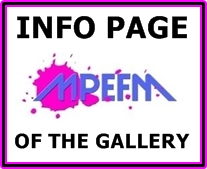
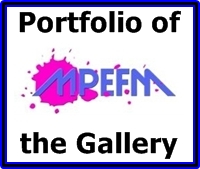

Biennale Arte Venice
Palazzo Mora, 30122, VeneziaTel. 041 5218711 Fax 041 5218704 Email
09.05 >30.11, 2019
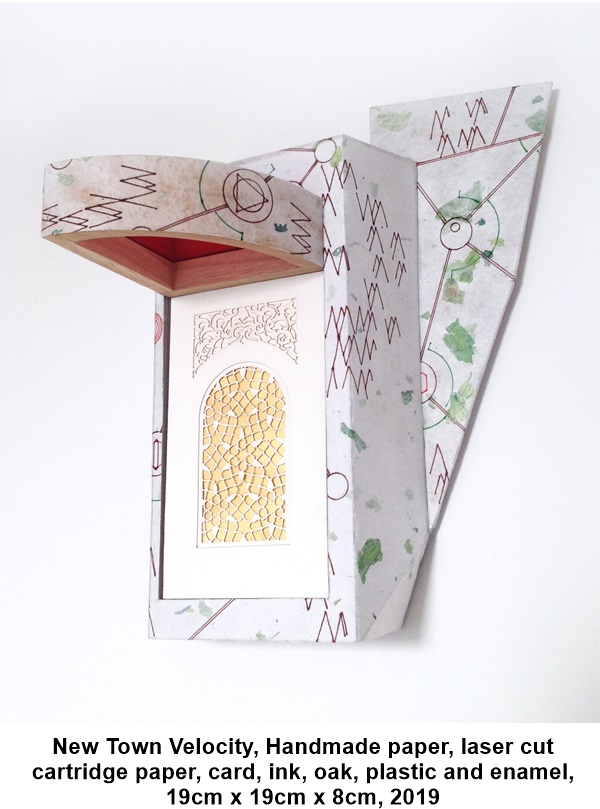 |
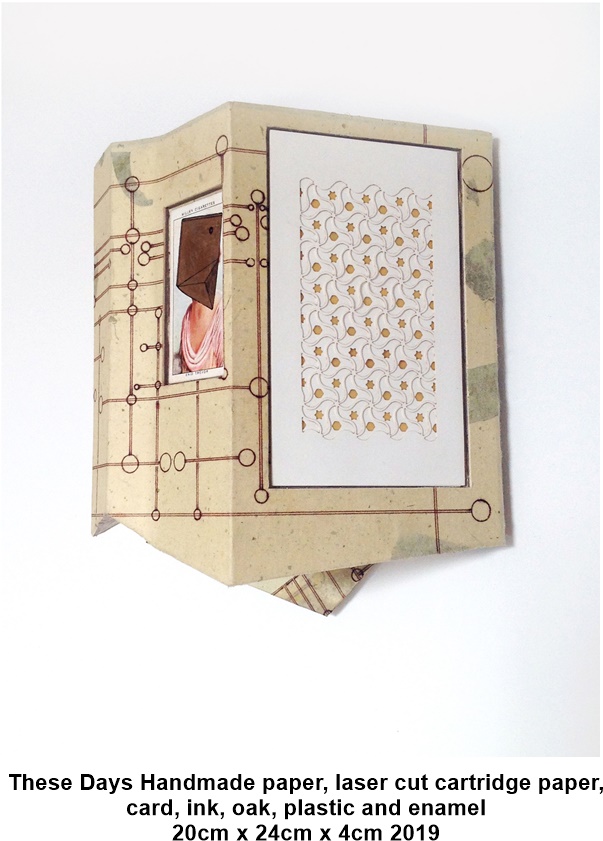 |
For the fifth edition of the biennial art exhibition "PERSONAL STRUCTURES", PAPER and the European Cultural Centre will present the PAPER Pavilion at Palazzo Mora featuring a curated exhibition of work on paper that explores the notion of the artist's studio, and features six artists with links to the North West of England.
The artist's studio is traditionally seen as the location of individual development. It is a location usually unseen, constructed to encapsulate the artist's being. It is a hermetic space, a space prone to the creative endeavours of the artist. Ovid's tale of Pygmalion -- the artists who brings to life his statue, reanimated in the form of Galatea -- is one such example. This is a sacred space, a mythical space in which magic happens.
The studio is the artist's window to the outside world and informs their response to it. It acts as a filter through which the world is laid before them, a banquet of material. Through their methods of production, their ideas formulate and become tangible. The studio marks a threshold; a physical, tangible realm that marks the start of the artists' imagination -- a symbolic chamber where the artist draws deep from within themselves. The studio comes pre-formed with its own mythology; a ready made architectural space equipped for the production of art making. Courbet, in his painting, The Studio of the Painter, a Real Allegory (1855), describes his studio as "the world coming to me to be painted." Courbet splits the world of the studio in two: his muse and subjects representing the germination of the artwork; the other, the artworld who will receive, critique, and disseminate the work. The artist is at the cusp of these two worlds, separating reality from the imagination.
This notion of the artist as the mediator between two worlds is a theme that unites the artists selected for Personal Structures. Whether it is Jill Randall's recreations of ad hoc structures or David Hancock's still lives that fluctuate between object and subject; Iain Andrews' paintings depicting the unconscious world of damaged teenagers or Hannah Leighton-Boyce's exploration of raw materials and invisible processes; Tim Ellis' objects that are reinvented to create alternative narratives and reimagined worlds or Matthew Houlding's homage to the utopian zeal of modern architecture, the artist functions as a conduit between the intangible space of the studio and the reality of the world outside. This is the space they inhabit and create their imaginary worlds.
The artist's studio is traditionally seen as the location of individual development. It is a location usually unseen, constructed to encapsulate the artist's being. It is a hermetic space, a space prone to the creative endeavours of the artist. Ovid's tale of Pygmalion -- the artists who brings to life his statue, reanimated in the form of Galatea -- is one such example. This is a sacred space, a mythical space in which magic happens.
The studio is the artist's window to the outside world and informs their response to it. It acts as a filter through which the world is laid before them, a banquet of material. Through their methods of production, their ideas formulate and become tangible. The studio marks a threshold; a physical, tangible realm that marks the start of the artists' imagination -- a symbolic chamber where the artist draws deep from within themselves. The studio comes pre-formed with its own mythology; a ready made architectural space equipped for the production of art making. Courbet, in his painting, The Studio of the Painter, a Real Allegory (1855), describes his studio as "the world coming to me to be painted." Courbet splits the world of the studio in two: his muse and subjects representing the germination of the artwork; the other, the artworld who will receive, critique, and disseminate the work. The artist is at the cusp of these two worlds, separating reality from the imagination.
This notion of the artist as the mediator between two worlds is a theme that unites the artists selected for Personal Structures. Whether it is Jill Randall's recreations of ad hoc structures or David Hancock's still lives that fluctuate between object and subject; Iain Andrews' paintings depicting the unconscious world of damaged teenagers or Hannah Leighton-Boyce's exploration of raw materials and invisible processes; Tim Ellis' objects that are reinvented to create alternative narratives and reimagined worlds or Matthew Houlding's homage to the utopian zeal of modern architecture, the artist functions as a conduit between the intangible space of the studio and the reality of the world outside. This is the space they inhabit and create their imaginary worlds.
 |
Iain Andrews |
 |
Tim Ellis |
 |
David Hancock |
 |
Matthew Houlding |
 |
Hannah Leighton-Boyce |
 |
Jill Randall |








